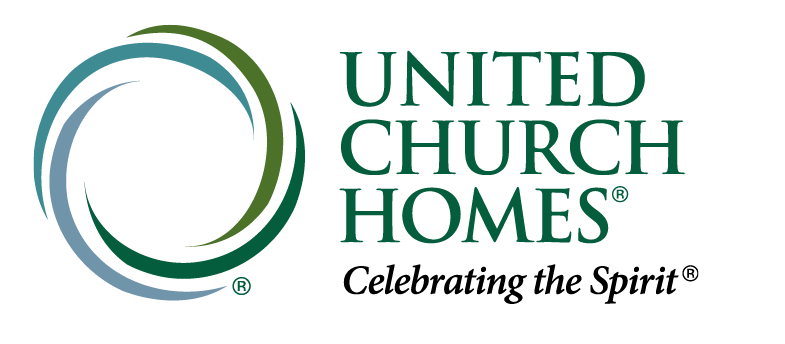Highlights from this week’s conversation include:
- Erhardt’s background and passion for healthcare (0:07)
- CareSource’s market and expansion (3:01)
- Understanding Medicaid and Medicare (4:18)
- Managed care and holistic models (6:17)
- Challenges of holistic care adoption (9:58)
- The Partnership with United Church Homes (12:31)
- Long-term impact and policy influence (13:59)
- Nonprofit differentiation and innovative approaches (19:45)
- Breaking down silos and financial coordination (23:50)
- Investing in Technology and Monitoring (26:53)
- Future of Healthcare and Aging (27:51)
- Dynamic Care Management and Predictive Analytics (29:38)
- Spiritual Component in Health and End of Life (33:02)
- Erhardt’s Personal Growth and Wisdom in Aging (35:14)
- Final thoughts and connecting with Erhardt (38:30)
Abundant Aging is a podcast series presented by United Church Homes. These shows offer ideas, information, and inspiration on how to improve our lives as we grow older. To learn more and to subscribe to the show, visit abundantagingpodcast.com.

